LG C4 evo OLED – the Goldilocks OLED TV – just right (AV review)
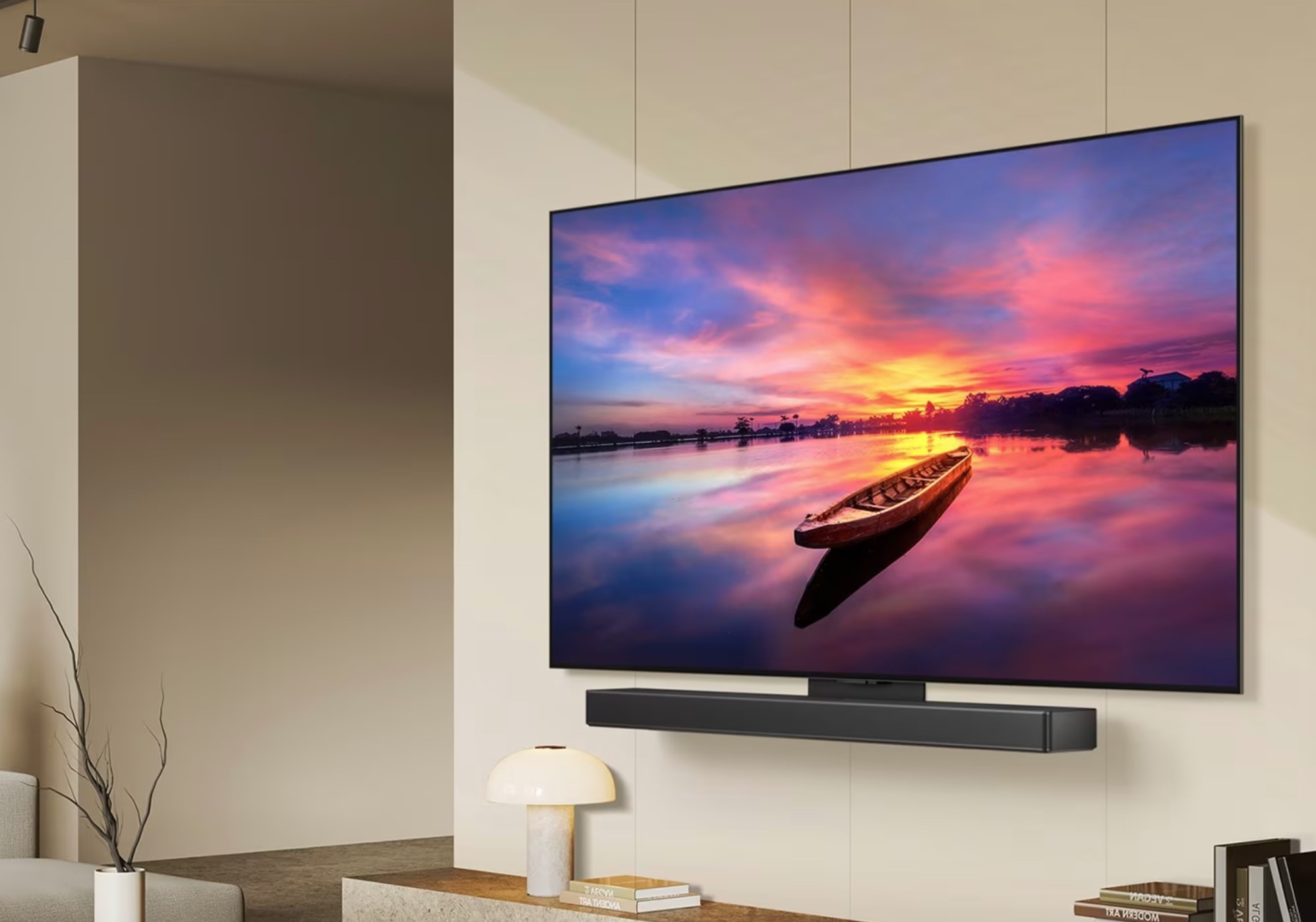
The LG C4 evo OLED is a mid-range OLED TV that provides the true OLED experience at a more affordable price. It is superb in every respect.
When we say mid-range, the LG C4 evo OLED (α9 AI Processor) is a step up from the B4 OLED (α8 AI Processor, which is pretty good) and not much of a step down from the G4 evo OLED (α11 AI Processor). The B4 costs about $1000 less (review to come). The G4 costs about $1000 more, is brighter, uses a unique MLA screen coating for superior reflection handling, has a 5-year panel (parts only) warranty, and has a 4.2 sound system (2.2). We will review that separately.

Why is evo OLED so good?
LG introduced evo panels in its 2021 G1 and then from 2022 for its C2 and G2 range. It was immediately evident that these had all the OLED benefits but were significantly brighter—claimed 20%. Technically, the panel has an extra green colour layer, uses Deuterium-based OLED (lasts longer than typical hydrogen-based OLED), uses less power, and creates less heat.
The 2024 LG C4 evo OLED panel is over 1000 nits (peak HDR 2% window) and 400 nits (peak SDR 2% window). The G4 can achieve 1400 nits (peaks HDR 10% window) and 600 nits (peak SDR 10% window).
Both fully support Dolby Vision in typical viewing environments, but the G4’s extra brightness makes it a little more suitable for typical overly bright Australian open-plan lounge rooms.
We have both TVs for review; frankly, I have to tone down the G4 brightness anyway. The C4 is just right.
If you want to read more, check out If LG OLED evo is so good, are other types of TVs crap? It refers to the 2022 C2 and G2, but the principles are the same.
How do the 2024 evo panels compare to mini-LED?
Quantum Dot Mini-LED (QNED, ULED, Neo QLED, etc.) is typically brighter at the expense of colour and contrast (the difference between pure black and white). I find it a battle to get all three right—balance—and we often reduce brightness by as much as 50% to get natural DCI-P3 colours. Mini-LED pushes the boundaries of its LCD roots, so you tend to see blooming. It is popular because it is cheaper than OLED and can display Dolby Vision content.
evo OLED has about 8.3 million pixels – all little light bulbs that can be switched on or off. Mini-LED has thousands of little LEDs that use dimming zones to switch banks of lights on or off. This means infinite contrast (pure black) versus grey blacks.
Read: Confused about TV tech? That’s just what they want!
Australian Review – LG C4 evo OLED 2024 Model OLED65C4PSA
Note: All specifications refer to the 65” model.
| Website | Product Page Manual User Guide Online Manual (WebOS 24) We avoid repeating too much of the 163-page user guide. |
| RRP | 42/48/55/65/77/86 RRP $2199/2499/3299/4299/5999/7999. As these have just been launched, look for soundbar bundles. Discounts will be much later in the year. |
| From | LG Online, Harvey Norman, Domayne, JB Hi-Fi, Good Guys, Bing Lee, Appliances Online and many quality CE retailers |
| Warranty | 1-year ACL confers consumer rights against major defects for an extended period. |
| Made in | Indonesia |
| LG | LG (formerly Lucky-Goldstar from 1983 to 1995) is a South Korean multinational conglomerate that manufactures electronics, chemicals, and telecommunications products. |
| More | CyberShack LG News and reviews CyberShack AV news and reviews |
We use Fail (below expectations), Pass (meets expectations) and Exceed (surpasses expectations or is the class leader) against many of the items below. We occasionally give a Pass(able) rating that is not as good as it should be and a Pass ‘+’ rating to show it is good but does not quite make it to Exceed. You can click on most images for an enlargement.
We are also tightening up on grading. From now on, Pass, for example, means meeting expectations for the price bracket. We consider a Pass mark to be 70+/100, with extra points added for class-leading and excellence. For 2023 reviews and earlier, deduct 10 points from them for reasonable parity.
First Impression – Pass+
From the front, this is a big pane of glass with extremely narrow 6mm bezels and a centre pedestal stand that allows a 50-60m high soundbar to sit in front.
From the rear, a smaller ‘control box’ is attached to the ‘stone-like’ finish panel, which provides ports, power, and VESA wall mounting.
It comes with the usual non-backlit Bluetooth Magic Remote MR24, replete with an on-screen cursor. LG has resisted the trend of eliminating numeric buttons, which make free-to-air navigation much easier than wrestling with an EPG to find your channel.
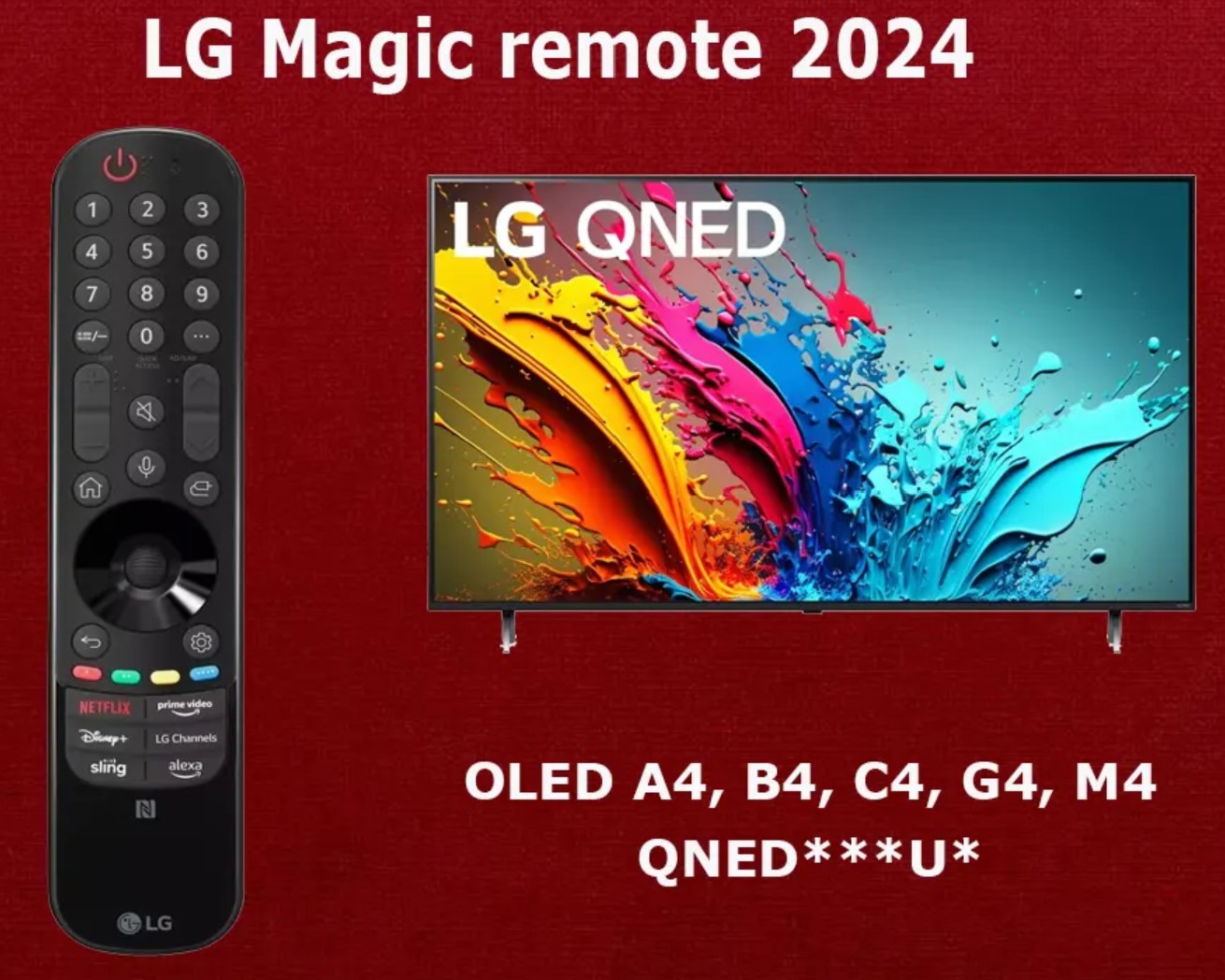
The 65” is (W/H/D) 1441 x 826 x 45.1 mm x 16.6kg (no stand) and 230mm x 18.5kg (with stand). It can be wall-mounted (VESA 300 x 200). All models are under the plasterboard and timber stud walls 60kg maximum weight.
Overall, it is an evolution of the 2023 LG C3, and you may want to read that review LG C3 OLED evo 2023 TV – Model C3PSA – save a few pennies as a guide to some features.
New for 2024 – LG Re:New webOS program – Exceed
You get a total of four webOS upgrades over five years (five versions, including webOS 24), which is class-leading. In addition, LG will provide any necessary security patches as this is part of your home network.
LG webOS – the good and not-so-good
LG webOS is an excellent, easy-to-use TV operating system. The LG app store has over 2000 apps (Game 458, Entertainment 1305, Life 229, Education 56 and News/Info 73). It certainly has all Australian digital TV apps and streaming services. It appears to have more variety than Samsung, but the real winner is Google TV with thousands more.
The Not-so-good is that LG is moving to a ‘Smart Life Solution Company’. Instead of just selling you a smart TV, it has become a platform-based service business model that continuously generates profits from your viewing data—a.k.a. advertisements!
To use the TV’s essential smart functions, you must agree to sign into an LG Account and its Terms of Use and Privacy Policy. If you want to use more smart services, you must agree to a viewing information agreement, a voice information agreement, an Interest-based cross-device advertising agreement, and an LG Channels agreement appended at the end of this review.
LG allows you to reset the advertising ID, limit advertisement tracking, and delete viewing and voice information. However, that is a little late, as your data has already been collected.
Privacy Bottom Line
I have read all 20,000 words (copies at the end of the review), and while I object to any TV/Brand knowing so much about my viewing habits and serving me advertisements, LG’s policies do not contain anything evil, and the Privacy and Terms of Use are benign.
When you buy a TV, you are not thinking about the 43-page and nearly 20,000-word agreement to use the fully use device fully. To be fair, Samsung has eight nested policies and over 35,000 words, so both companies are hoovering up your viewing data.
PS – this is in addition to any streaming app privacy policies.
LG C4 evo OLED 2024 OLED65C4PSA base specs (65”)
- 42/48/55/65/75/83 (42/48 have slightly different specs)
- α9 AI Processor 4K (Adds AI feature – see AI later).
- evo OLED HDR10 panel (Dolby Vision decode)
- 100Hz native refresh (AU 50Hz power)
- 10-bit/1.07 billion colours
- Claim 100% DCI-P3
- Native Contrast: Infinite
- Delta E out of the box: <1 – excellent. It can be calibrated for a very slight improvement.
- WebOS 24 – four webOS upgrades over five years
- LG Channels 300+ free ad-supported channels
- 4 x HDMI 2.1 4K@100/120Hz (eARC port 3), VRR/ALLM/HGIG/FreeSync/G-Sync
- Ethernet 10/100
- 3 x USB-A 2.0 5V/.5A/2.5W for flash drives and USB Camera compatible
- Optical Out
- Wi-Fi 5, BT 5.1 Tx/Rx (SBC/AAC/aptX) and supports AirPlay 2 and Chromecast
- 300 x 200 VESA wall mount.
- 40W 2.2 channel (4 x 10W speakers all down-firing)
- Energy Star: 5
Ai – A strong point – Pass+
LG has particular expertise in AI, which results in excellent ‘automatic settings’.
- AI Brightness Control (changes brightness to match ambient light)
- AI Concierge (content recommendations based on what you watch)
- AI Genre Selection (changes settings to the type of content)
- AI Picture Pro (automatically selects the best resolution, brightness, etc)
- AI Super Upscaling 4K
- Advanced Local Dimming (Dimming Pro)
- AI Sound Pro (optimal balance between sound effects and clear voice. It will faux-upscale 2.0 content to 9.1.2, but the speakers cannot handle that.
- AI Acoustic Tuning (Standard, Bass Boost and Treble Boost) in your viewing space setup.
Picture presets- Pass+
It has a Personalised Picture Wizard that can identify your preferences. This is in addition to SDR formats of Vivid, Standard, Eco, Cinema, Sports, Game, Filmmaker, (ISF)Expert (Bright Room), and (ISF)Expert (Dark Room). The HDR/Dolby Vision setting is automatic when it encounters a signal it can decode.
All these settings give you broad control over what you see. We found Vivid was too bright. Standard was best for Free-to-Air TV/digital streaming and Cinema for most movies in a well-controlled ambient light room.
You may not be able to see the differences between the settings below as you will likely view this on an 8-bit phone screen or desktop monitor. Look for details in the hair, green eye shadow, red lips and jewels. Also, look at the black background for subtle tone differences.




SDR – Exceed
Whether it was free-to-air TV or digital streaming, it aced every test. It is bright and colour-accurate. Interestingly, first-time evo OLED buyers cannot believe the difference from their existing LED/LCD TV—amazing rich, accurate colours and deep, inky black.
HDR (and Dolby Vision – DV) Brightness – Pass+
Where the G4 can reach 1400 nits for DV in a 2% window, this reaches 1000 nits. It almost reached the ‘Exceed’ level, but we reserve that for the G4. Nit readings are for a 2/100% window using Standard mode with 100% brightness and brightness boost.
- Peak HDR:987/200 nits
- Sustained HDR:925/190
- Peak SDR: 435/275
- Sustained SDR: 425/265
Colour Gamut and accuracy – Exceed
Claim 100% DCI-P3 (test 99.5%). Delta E (colour accuracy) is <1 – excellent.
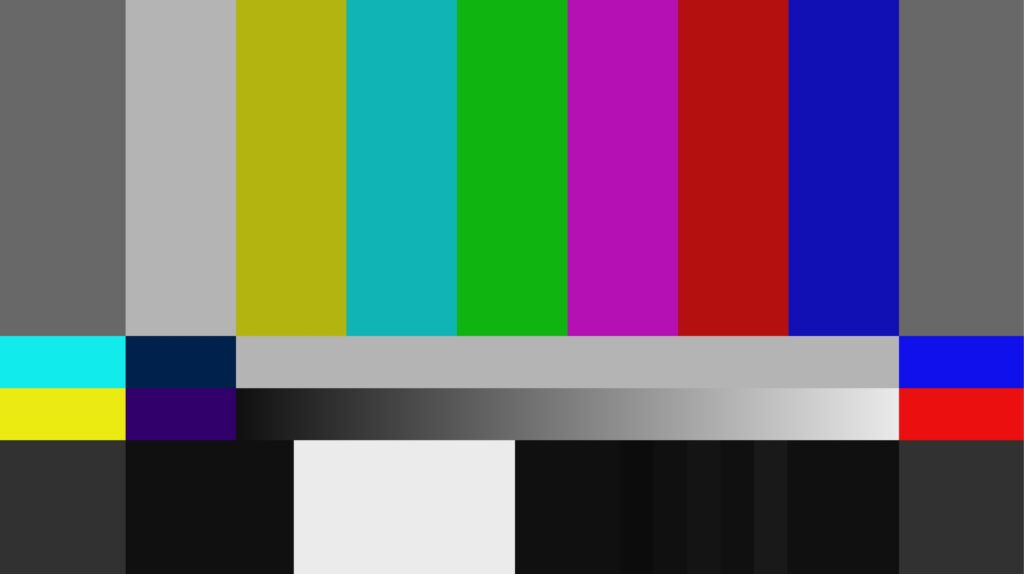

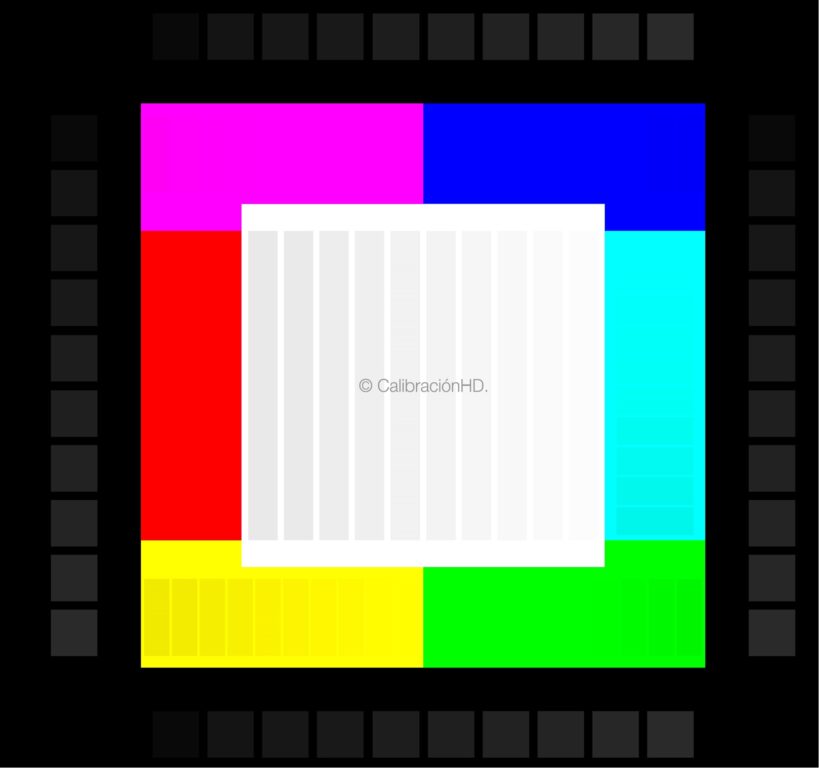

Contrast – Exceed
Infinite

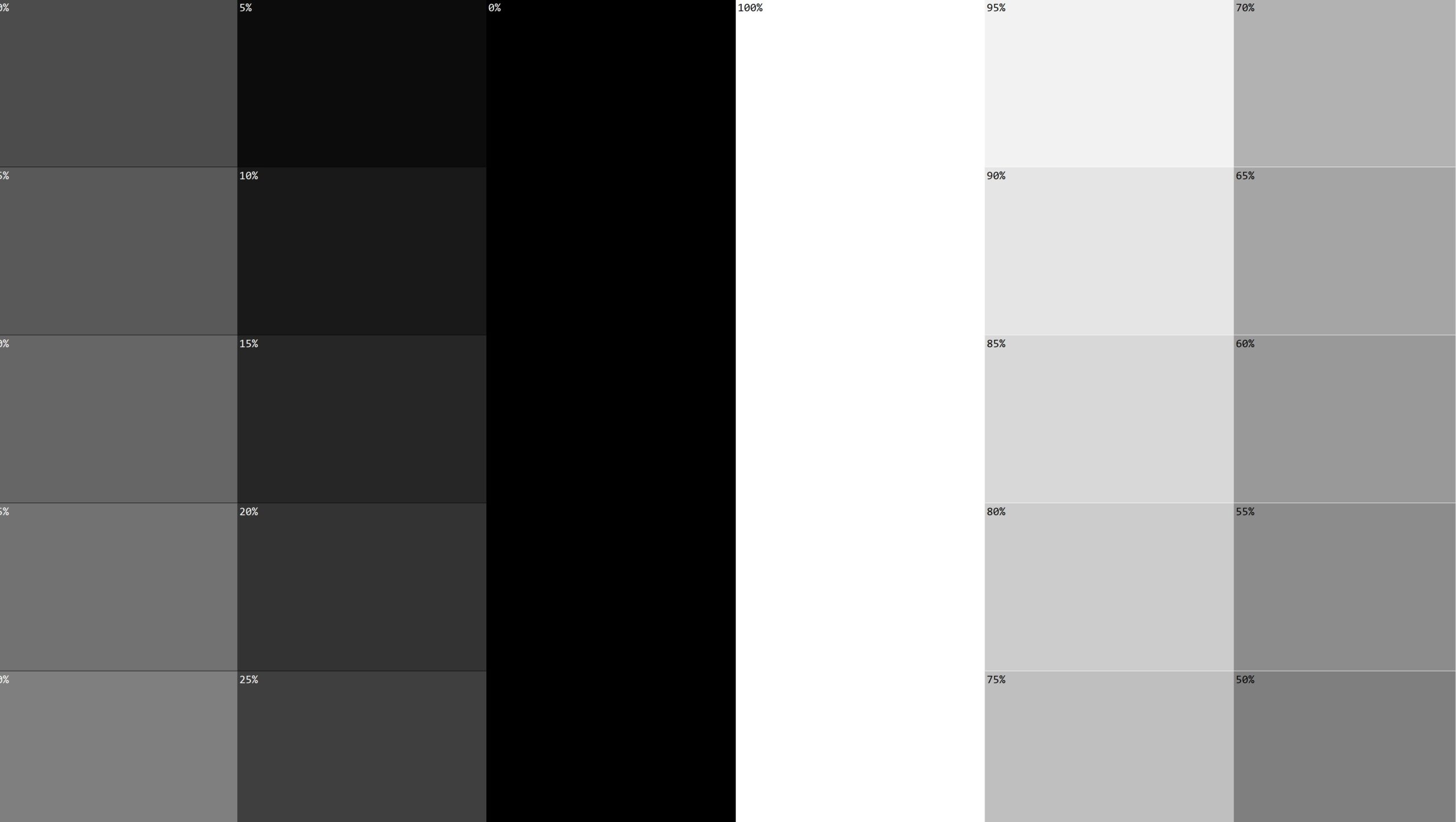

Uniformity – Exceed
Full-screen colours are the same intensity all over the screen.
Gradient – Pass+
For the most part, colour bands are smooth without banding. There is minor grey banding.
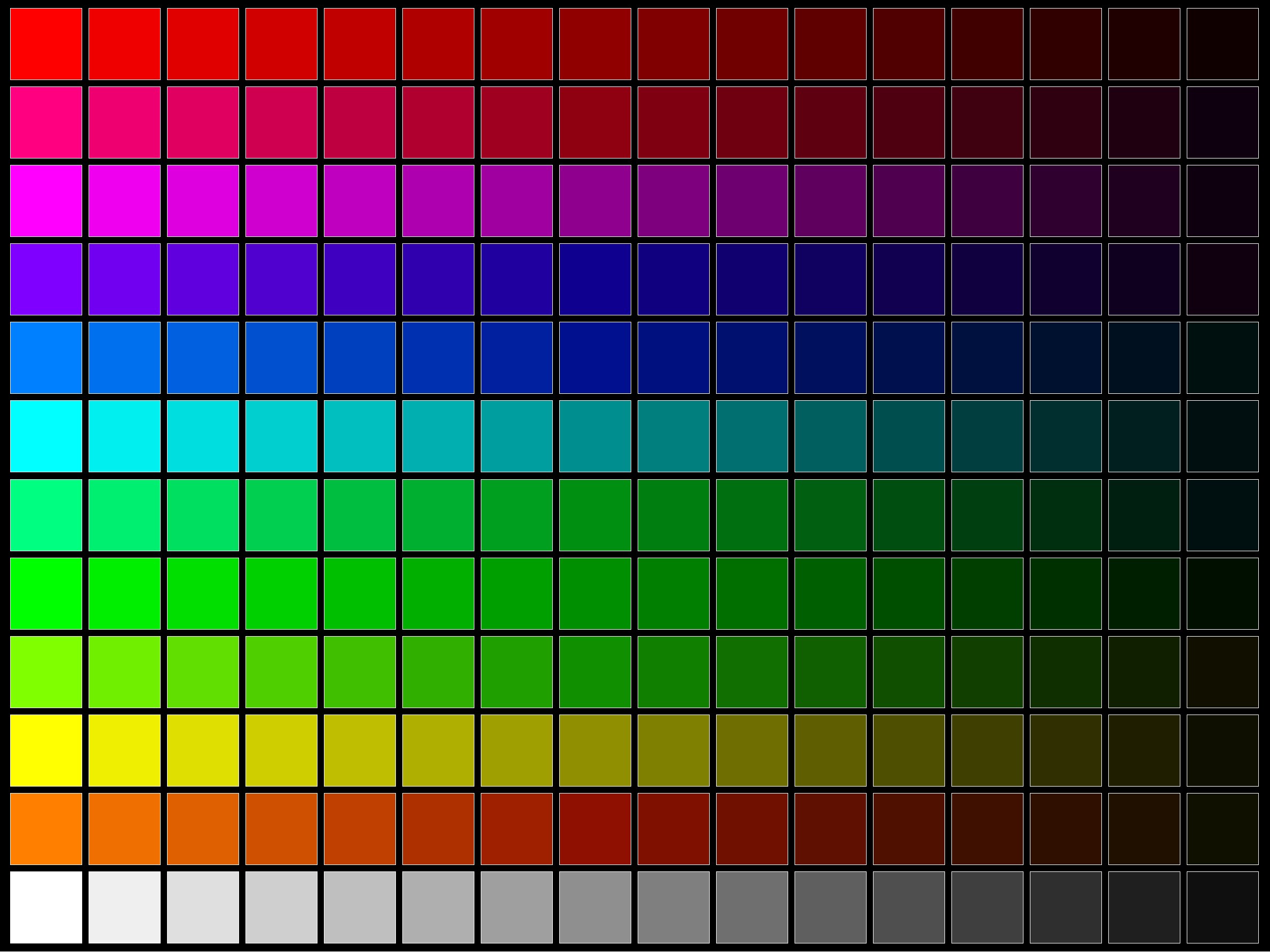
Blooming – Exceed
None. But there is minor haloing with fast-moving lighter objects over a dark screen.
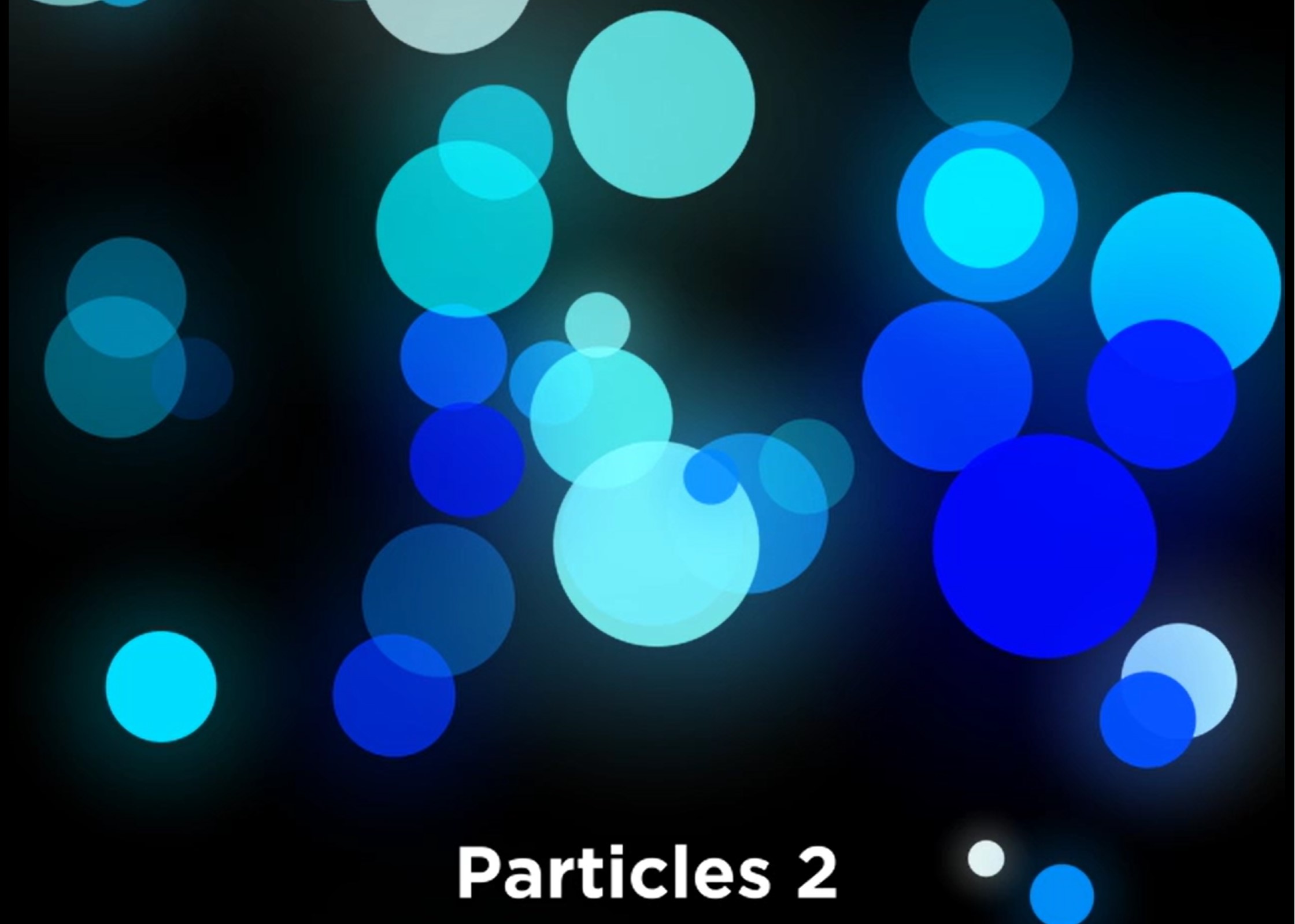
Motion smoothing – Exceed
You can enable Black Frame insertion (BFI), but the AI Picture Pro alone does a great job without it.

Stutter and Judder
In extreme tests, we found that some 24fps content had a slight stutter. BFI can induce Judder – leave it off.
DSE – Exceed
None – a uniformly pure white screen
Reflectivity – Pass+
It does a good job of reducing reflections, but the G4, with its MLA screen, almost eliminates them.
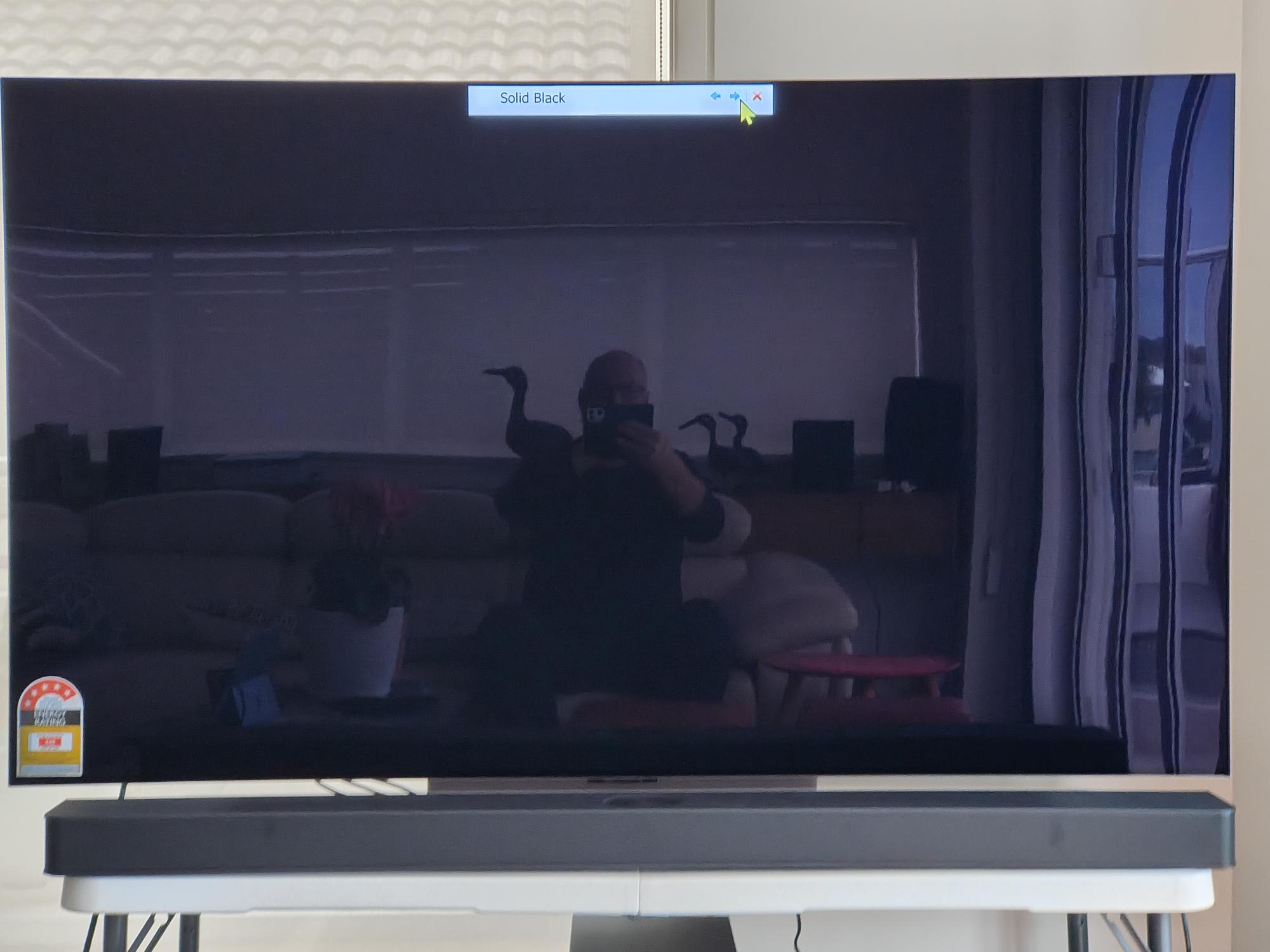
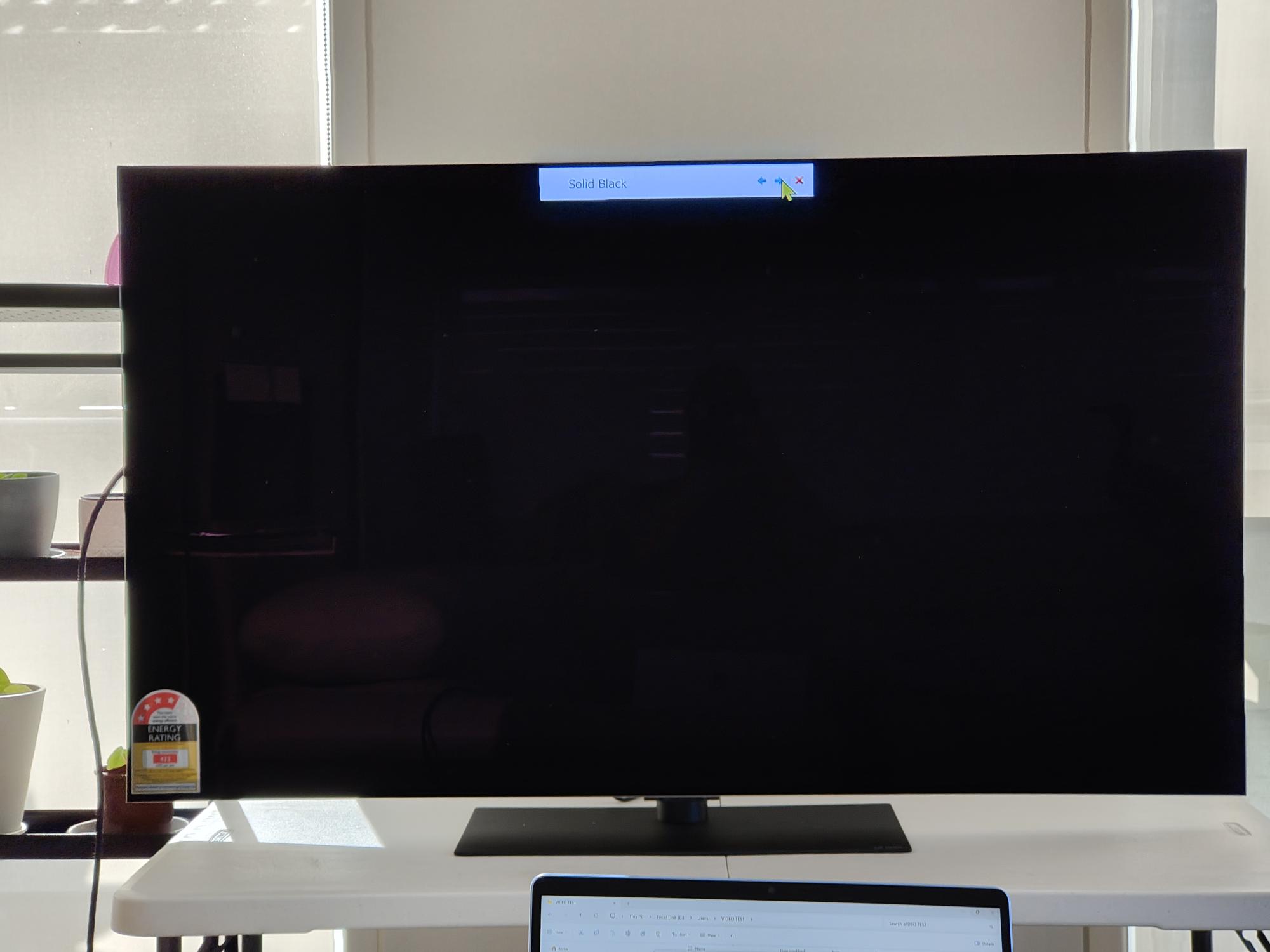
Viewing Angle – Exceed
There is no washout or colour change, and it is nearly side-on.

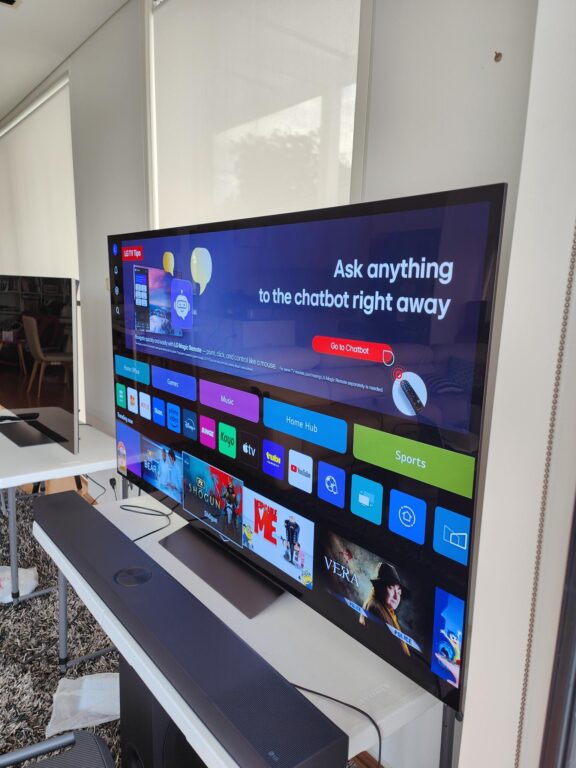
Upscale – Exceed
See the results – one of the best we have seen.





PWM – Exceed
It does not use Pulse Width modulation to control brightness.
LG C4 evo OLED vs G4
The G4 (Left) is a 55″, and the C4 (Right) is a 65″. It is hard to tell from a photo, but the G4 has superior reflection handling and is slightly brighter. The colours are the same.

Gamers (not tested)
The LG C4 evo OLED has <2ms response time – perfect for gamers.
A Surface Pro 9 connected with 10-bit/1.07 million HDR colours at HBM 3, 4K@100Hz. It would not connect at 120Hz. It also connected at 4:4:4 in Dolby Vision mode. Remember that AU power is 50Hz, so you get a 100Hz panel refresh. 120Hz is for 60Hz.
We did not test with a PC with a suitable iGPU. Similarly, you would get 120Hz instead of 144Hz.
Gaming features are comprehensive and include
- NVIDIA GeForce Now cloud gaming.
- 21:9 (60Hz) or 32:9
- 3840 x 1600/1080 or 2560 x 1080.
- Dynamic Tone Mapping for HDR
- Game Sharpness
- Colour depth
- Black levels
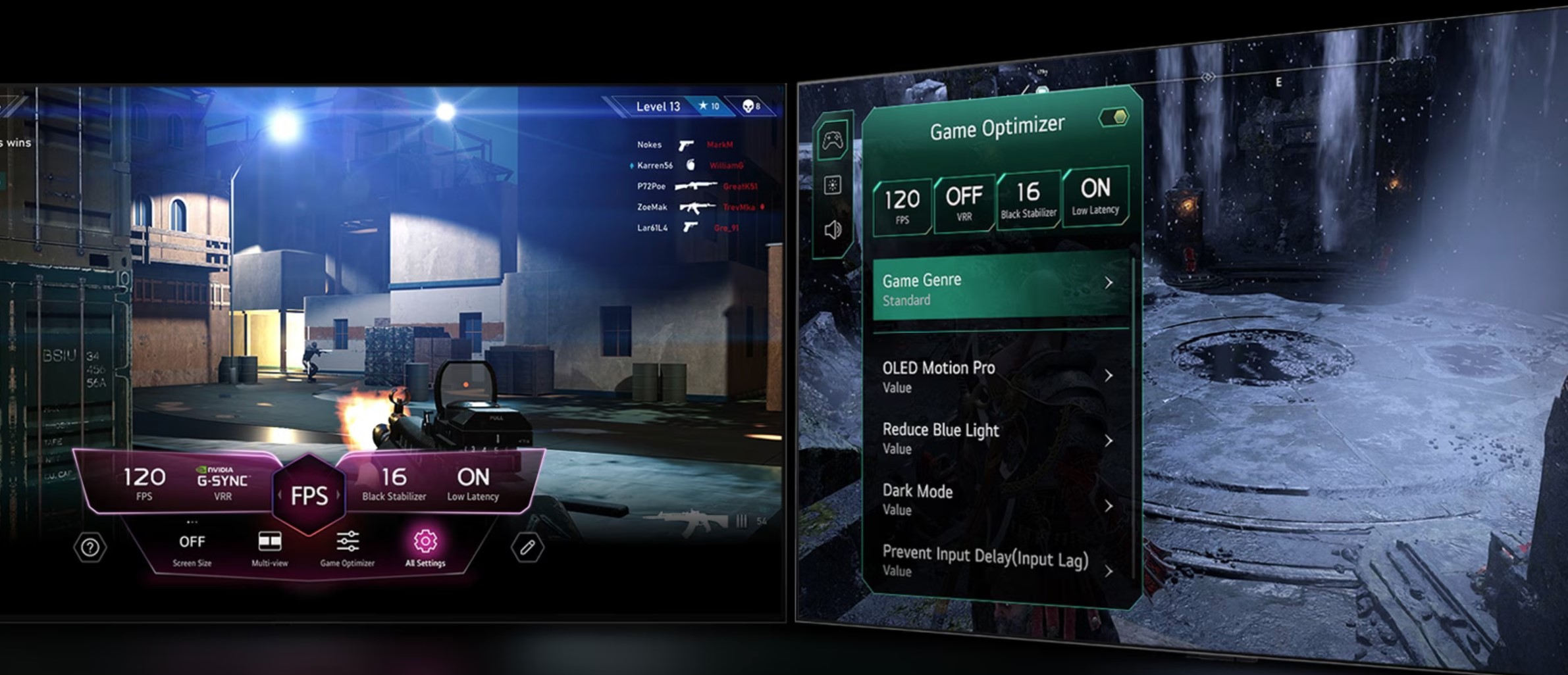
Power levels – Exceed (65” tested)
evo OLED panels use less power than energy-guzzling mini-LEDs. This has a 5-star rating (out of 6 stars).
In SDR mode, it consumes <100W per hour. HDR/DV mode consumes between 100 and 200W per hour. Negligible.
How did it sound?
It has 40W 2.2 down-firing speakers – left, right and two ‘sub’ woofers – in the control box. While the sound does a reasonable job of voice-tracking when used on a desktop, it loses that bounce when wall-mounted.
The maximum volume is 80dB, with noticeable distortion and frequency clipping. Sound quality is best described as hollow and tinny. Overall, back off to 75% volume, it becomes acceptable for clear voice and free-to-air TV.
It has no low bass (20-50Hz); mid-bass starts from 60Hz, growing slowly to high bass at 200Hz. This is enough to hear some bass but not to feel it. The frequency graph below (gold line) is pretty choppy, meaning it clips the frequencies and lowers the dynamic range. The treble is choppy and lacks the ‘airy feel as if you were there’.
Sound test
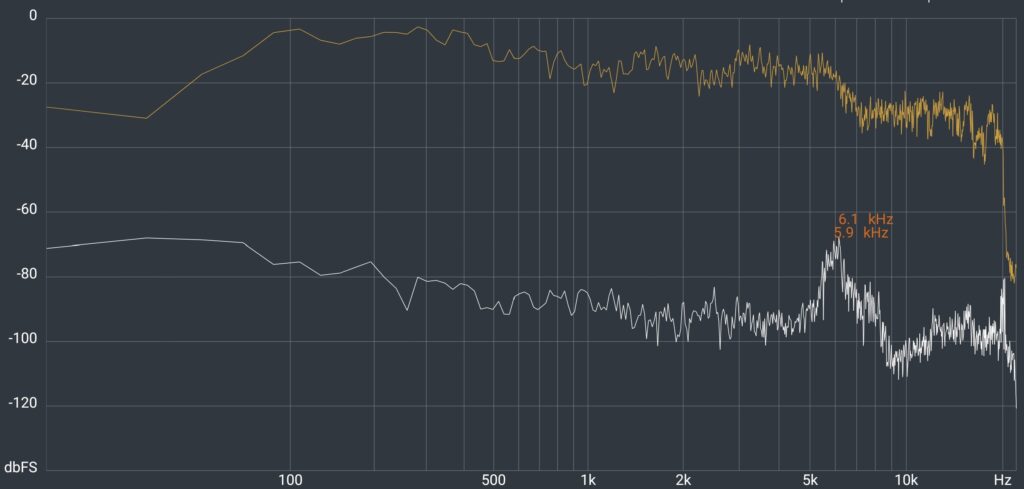
WOW Orchestra with an LG S95TR 9.1.5 Dolby Atmos 810W soundbar – a real spatial experience. The soundbar does 99% of the work.
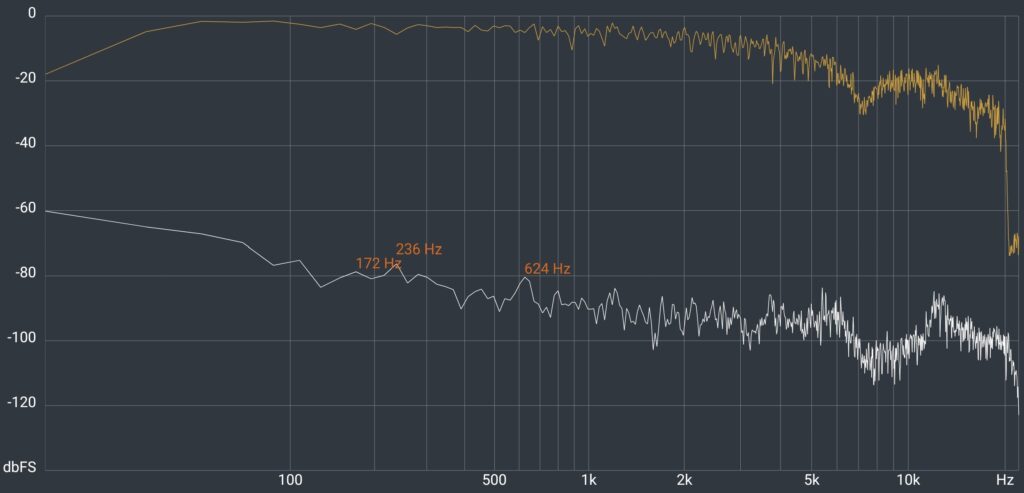
Sound summary
| Frequency | LG C4 evo OLED | WOW with LG S95T% 9.1.5 soundbar. |
| Deep Bass 20-40Hz | Starts at 50Hz but is distorted | Starts at 30Hz with a little distortion but clears by 40Hz with a quick build to 60Hz |
| Middle Bass 40-100Hz | Builds linearly to 100Hz, then flat | Flat |
| High Bass 100-200Hz | Flat | Flat |
| Low Mid 200-400Hz | Flat | Flat |
| Mid 400-1kHz | Flat | Flat |
| High Mid 1-2kHz | Flat | Flat |
| Low Treble 2-4kHz | Flat | Flat |
| Mid Treble 4-6kHz | Flat | Flat |
| High Treble 6-10kHz | Dip to avoid harshness, then reasonably flat to 20kHz. | Dip to avoid harshness, then recovers and is reasonably flat to 20kHz. |
| Dog Whistle 10-20kHz | Reasonably Flat | Flat |
| Volume | 80dB | 85+dB |
continued
| Sound Signature type | It has a Bright Vocal sound signature (bass recessed, mid/treble boosted) for vocal tracks and string instruments but can make them harsh. Being flat from high bass allows presets and an EQ to recess frequencies (you can’t add to a native signature) to focus on clear voice dialogue, night listening, music and more. | Neutral: The audiophile standard is a flat (good) response that neither adds nor subtracts from the original music! The only issue here is garbage-in and garbage-out – the better the music quality, the better it sounds. It gives the EQ and presets the best basis for recessing frequencies to focus on clear voice dialogue, night listening, music and more. |
| Soundstage stereo | It is not much wider than the TV. | Expansive – wider and higher than the TV. |
| Soundstage Dolby Atmos/DTS:X | It decodes Dolby Atmos and DTS:X metadata to downmix to the 2.2 speakers. There is no 3D height or surround. | The soundbar decodes Dolby Atmos/DTS:X. LG S95TR 9.1.5 Dolby Atmos 810W soundbar – a real spatial experience |
| Comment | Adequate for FTA TV and digital streaming. Not for movies or music. | WOW does not add more DA channels; e.g., the 9.1.5 does not become 11.3.5. Instead, the speakers supplement the Left/Right front, and the woofers supplement the sub-woofer. WOW slightly enhances the soundbar but is not a major selling point. I prefer the soundbar-only sound. |
| BT (headphones) | BT SBC or AAC codec is typical and crushes the mid-bass and high treble. There is decent Left/Right separation. | N/A |
| Read | How to tell if you have good music (sound signature is the key – guide). | N/A |
CyberShack’s view: LG C4 evo OLED is what every home should have
We review many TVs. All I can say is that we are in viewer heaven when we have an LG C-or-G series evo OLED. Well, as long as they have an LG S95TR soundbar – that completes the viewing experience.
We know we won’t have to change picture modes incessantly with different content; the image is the best you can get.
I am not knocking mini-LEDs—you get what you pay for, and most will be very happy with that, too. I would strongly consider an LG B4 OLED before a mini-LED.
For my money, the LG C4 evo OLED is perfect, although I would consider the G4 if I had a brighter, harder-to-control ambient light situation.
OLED Competition
If Dolby Vision is important for the best movie experience, then Samsung is ruled out—it does not support DV on any of its devices.
Sony’s 2024 models – Bravia 7 (Edge-lit mini-LED), Bravia 8 (OLED and we assume an LG evo panel), and the premium Bravia 9 (FALD mini-LED) are excellent and use Google TV. We saw them at launch, but they are not available for review. According to RTINGS.com, “LG gets brighter in HDR, so highlights pop out more in HDR content. The LG also has better SDR pre-calibration accuracy and PQ EOTF tracking, so it’s more accurate in both SDR and HDR. Finally, the LG supports up to 4k @ 144Hz, whereas the Sony only supports up to 4k @ 120Hz, so it’s better for PC gamers with high-end graphics cards”. There is a comparison here.
There may be other OLEDs
- Toshiba X9900 (rebadged Hisense using Chinese CSOT OLED panel)
- Hisense X8HAU (as above) – may be end of life
- B&O (LG panel)
- Lowe (LG Panel)
- Philips OLED+ (LG Panel) – may be end of life
- Panasonic – no longer sells in Australia.
LG C4 evo OLED ratings
Note: Ratings now use 70/100 as a pass mark. 2023 and earlier used 80/100, so you can deduct 10 points from these for reasonable parity.
- Features: 85 – It has all the necessary hardware and more AI smarts than competitors.
- Value: 85— LG C4 evo OLED ($4299) really only competes with the Sony Bravia 8 ($3995). brand means more to you. If you get it on sale, the value is 90.
- Performance: 85 – Only the G4 performs better – you will not be disappointed.
- Ease of Use: 85 – LG WebOS 24 is easy to use with all major streaming Apps and now has a RE:New policy. Its warranty is 12 months, and Australian Consumer Law should protect you for a few years. However, the 20K-word terms and conditions are a real stretch when Google TV is about 4000.
- Design: 80 – Black glass slab, good centre pedestal and decent remote.
LG C4 Evo OLED - OLED C4PSA
42/48/55/65/77/86 RRP $2199/2499/3299/4299/5999/7999Pros
- Out-of-the-box calibration is excellent
- True OLED colours and inky blacks
- Excellent AI ‘automatic’ settings
- Low power use
- The best Dolby Vision OLED experience (OK, G4 is a little better)
Cons
- RRP will drop over the next few months, especially for sales events
- TV sound is good but not really for Dolby Atmos or surround sound – you need a soundbar
- 1-year ACL warranty is too short
- More data gathering, but its policies are benign
Brought to you by CyberShack.com.au











